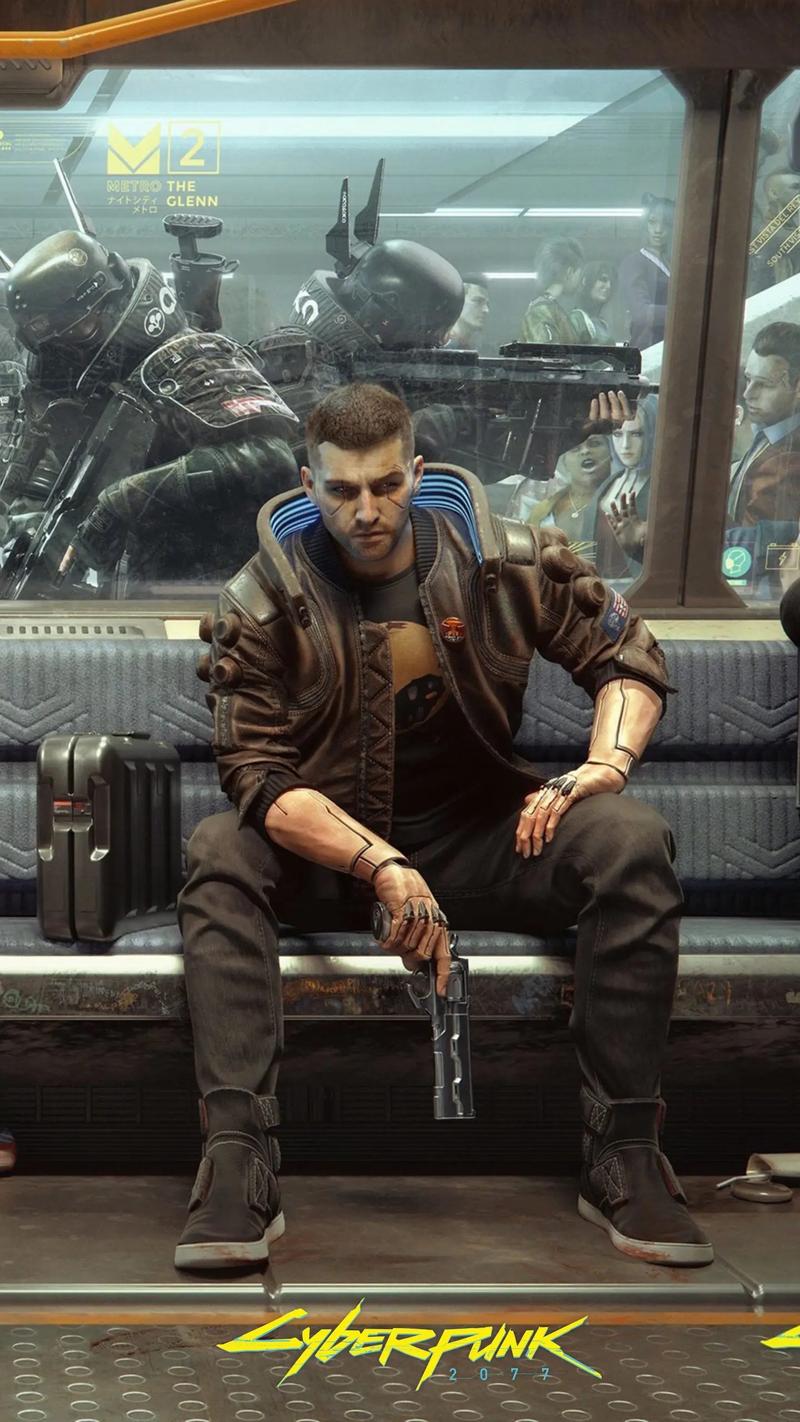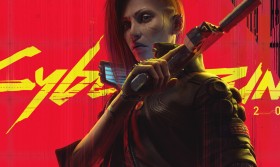Overwatch 2 Patch Notes Deep Dive: A New Era of Hero Balance
Another season, another set of patch notes lands in the Overwatch 2 community, sending waves of theory-crafting, celebration, and lamentation through its player base. These updates are the lifeblood of the game, constantly shifting the meta and redefining how we approach each match. Today, we're going to do a comprehensive Overwatch 2 patch notes analysis, focusing specifically on the recent hero balance changes. This isn't just a list of what changed; it's an exploration of the why and the so what—how these adjustments will impact your games, from the casual Quick Play session to the sweat-drenched Competitive ladder.
The overarching philosophy for this particular patch seems clear: to dampen the overwhelming power of high-burst damage and one-shot potential while empowering tanks and supports to be more than just damage sponges or heal bots. The developers are aiming for a game where fights last a little longer, where positioning and cooldown management are paramount, and where every role feels impactful in a fight's outcome.
The Tank Metamorphosis: From Unbreakable Wall to Agile Anchor
The tank role has undergone some of the most significant shifts. Let's start with the Juggernaut, Reinhardt. A minor numerical tweak that has major implications is the reduction in the knockback his Charge causes to pinned targets. This is a subtle but brilliant change. It doesn't make his Charge deadlier in terms of damage, but it makes it significantly more reliable. Previously, a well-timed boop could send your pinned target flying to safety; now, once you connect, that enemy is far more likely to meet the wall with you. This reinforces Reinhardt's identity as a close-quarters dominator and rewards players for landing risky, but game-changing, charges. It’s a buff that strengthens his core gameplay loop without just making his hammer hit harder.
On the other end of the spectrum, we have Wrecking Ball. The elusive hamster received a mixed bag of changes. His Grappling Claw cooldown now starts immediately upon use instead of after the grapple ends. This is a huge buff to his mobility and uptime, allowing skilled Ball players to execute hit-and-run tactics with even greater fluidity. However, to balance this, his Adaptive Shields have been slightly nerfed. This is a classic example of the developers encouraging a specific playstyle—high-skill, high-mobility disruption—while discouraging a tank from simply being an unkillable health pool in the middle of the fight. The message is clear: Master his movement, and you'll be rewarded; rely on raw survivability, and you'll struggle.
DPS Adjustments: Taming the Burst, Elevating the Skill
The damage category saw targeted changes aimed at addressing community pain points. The most talked-about change is likely the nerf to Sojourn's Railgun secondary fire. The damage fall-off at range has been increased. This is a direct response to the frustration of being consistently one-shotted from across the map by a character who also possesses immense mobility. This change doesn't remove her one-shot potential; it repositions it. She now has to take more risks to secure eliminations, moving into mid-range to be truly effective. This creates more counterplay and makes her a more balanced, though still potent, duelist. It’s a change that perfectly addresses the Overwatch 2 hero balance changes goal of reducing oppressive long-range burst.
Another interesting case is Mei. Her Endothermic Blaster primary fire now slows enemies by a reduced amount, but her secondary fire icicle does slightly more damage. This continues the post-rework direction for Mei, moving her away from a pure utility/annoyance character and towards a more traditional damage-dealer with utility. The slow effect is still disruptive, but it no longer feels like a death sentence on its own. To be effective, Mei players must now land their alternate fire shots consistently. This raises her skill ceiling and makes her gameplay loop more engaging and less frustrating to play against. This analysis of Overwatch 2 competitive gameplay impact shows a trend of rewarding mechanical skill alongside game sense.

Support Symphony: Beyond Healing, Towards Playmaking
The support role is no longer just about healing output; it's about playmaking, and this patch reinforces that. Zenyatta, the glass cannon support, received a fascinating change to his Snap Kick passive. The knockback has been removed entirely. While this might seem like a pure nerf, it was replaced with a new effect: his melee now deals significantly increased damage. This is a phenomenal change for Zen's identity. It turns his close-range defense from a mildly annoying push into a genuine threat. A well-timed melee combo can now fend off a diving Tracer or Sombra much more effectively, rewarding predictive play and sharp aim. This is a buff that empowers the player's individual skill, a key consideration in any Overwatch 2 patch notes analysis.
Meanwhile, Brigitte received some quality-of-life buffs to her Shield Bash, now allowing her to curve around corners more easily during the dash. This might seem minor, but for Brigitte players, it's a game-changer. It enhances her survivability and her ability to finish off low-health targets by making the ability less clunky and more reliable. It strengthens her role as a bodyguard for her main support, allowing her to reposition and react to threats with greater fluidity. This subtle tweak is a great example of how the developers are fine-tuning the Overwatch 2 meta shifts and strategy by improving the feel of a hero's kit, not just its numbers.
Synthesizing the Changes: The Ripple Effect on the Meta
So, what does all this mean when you hit 'Play'? The collective impact of these changes points towards a brawlier, more sustained-combat meta.
- The Rise of the Brawl Comp: With Reinhardt's increased reliability and burst damage being toned down, compositions that want to fight at close range look stronger. We can expect to see more Reinhardt, Reaper, Mei, and Brigitte working together to control a specific area of the map.
- The Dive Counterplay: While Wrecking Ball's mobility is buffed, the increased brawl potential and Zenyatta's new defensive capabilities make diving a riskier proposition. A coordinated dive on a Zen is no longer a guaranteed kill if he can land a charged volley and a powerful melee to turn the tables.
- The Shift in DPS Priorities: Sojourn players will need to be more deliberate with their positioning, creating more space for other mid-range hitscan heroes like Cassidy or Ashe to shine. The overall reduction in instant-death scenarios from range means that positioning mistakes are slightly more forgiving, but prolonged sightline control becomes more important.
In conclusion, this patch represents a thoughtful and nuanced approach to Overwatch 2 hero balance changes. It's not about swinging a nerf bat wildly but about carefully tuning heroes to fit a healthier game environment. The changes encourage interaction, reward skill, and seek to mitigate the frustration of being deleted in a split second without counterplay. By analyzing these patch notes in depth, we can better understand the developers' vision for the game: a dynamic, team-based shooter where strategy, coordination, and individual prowess are all vital ingredients for victory. So jump into your games, experiment with these rebalanced heroes, and adapt your strategies. The meta is what we make it, and this patch has given us a fantastic new sandbox to play in.













